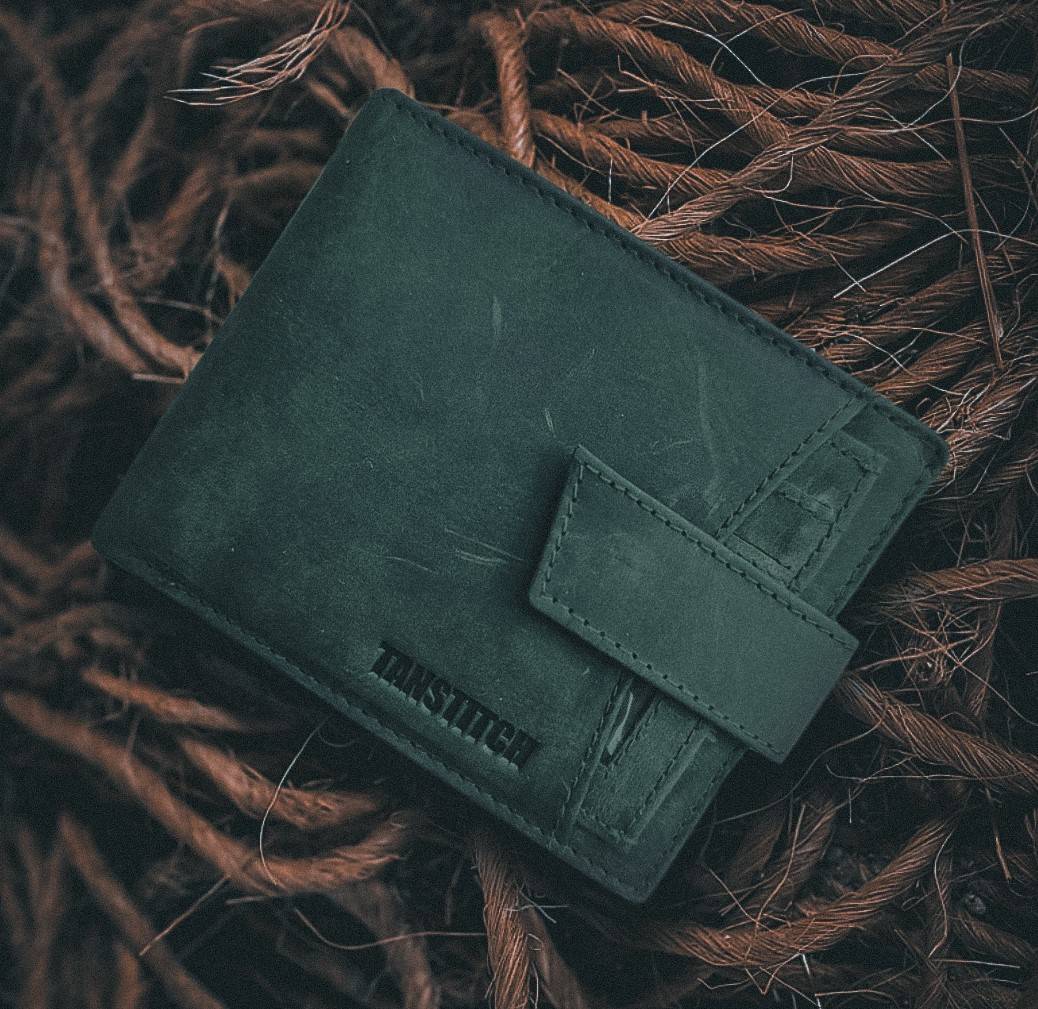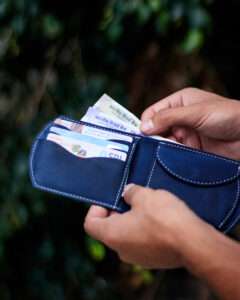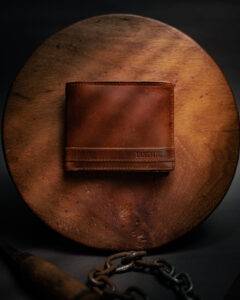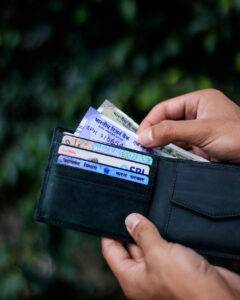IMPORTANT LEATHER TYPES
Aniline leather
Leather with a minimal surface finish and that has the original natural grain surface clearly visible. These leathers usually come from the best quality hides and skins and are used for luxury items. Aniline leather has a beautiful surface feel but is less well protected from soiling compared to semi-aniline or pigmented leathers.
Bonded leather
A material that has been made from leather dust, clippings and leather shavings bonded together with a base substance – usually synthetic. Sometimes also known as leather board.
Bycast® leather
Split leather that has been finished to a smooth surface with a PU coating.
Chrome leather
Leather that has been tanned using chrome- most of the world’s leather is tanned this way as it is a proven process that produces a stable end-product that makes up well into a wide range of items from footwear to furniture, bags, gloves and apparel.
Crust leather
Part-processed leather that has been retanned and dyed but not been through its final finish.
Full grain leather
Leather made from the top layer of the hide or skin.
Genuine leather
A term is used to emphasise that a product is made from natural, real leather, not a synthetic alternative.
Nubuck
A leather that has had the top surface buffed to produce a soft velvet-like touch. Depending on the depth of the buffing there will often be a clearly visible nap. Also known as buffed leather.
Pigmented leather
Leather that has been finished with a special coating to protect it for heavy duty applications or to cover natural defects. Unlike aniline leather, the natural grain structure will not be visible.
Pull-up leather
Oil or wax is added to the top surface, when the leather is ‘pulled’ these move creating a unique effect.
Semi-aniline leather
Leather that has a light finish applied, usually with pigments. The natural grain surface can still be seen but it less susceptible to soiling and easier to care for than aniline leather.
Split leather
The underneath section of the leather after it has been split – the top layer is what creates full grain leather, the split is the second layer and is mostly used to make suede, (see below).
Suede
The flesh side of the final leather or also used to refer to split leather. The fibers tend to be longer giving it a ‘hairy’ appearance.
Vegan leather
Misleading marketing term used to refer to synthetic material made to look like leather.
Wet blue
A hide or skin once it has been tanned with chrome and is still wet, before it is dyed. It is characterised by a light blue colour.
Wet-white
A hide or skin once it has been tanned with Aldehydes, but before it is dyed. It is characterised by a white colour.




